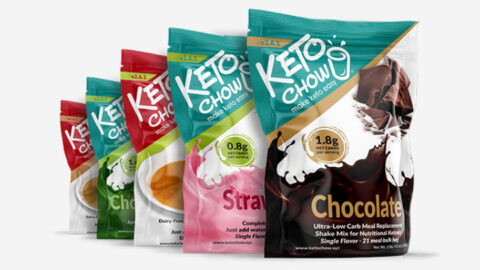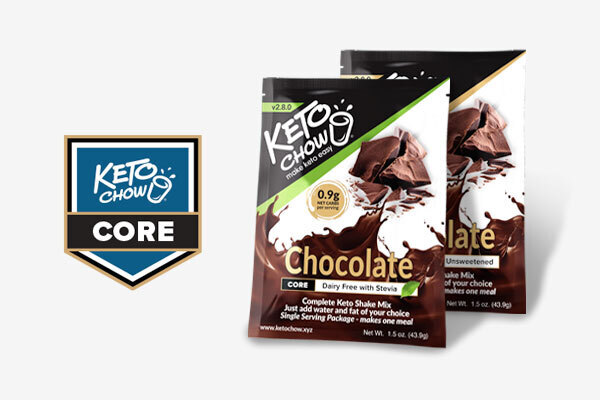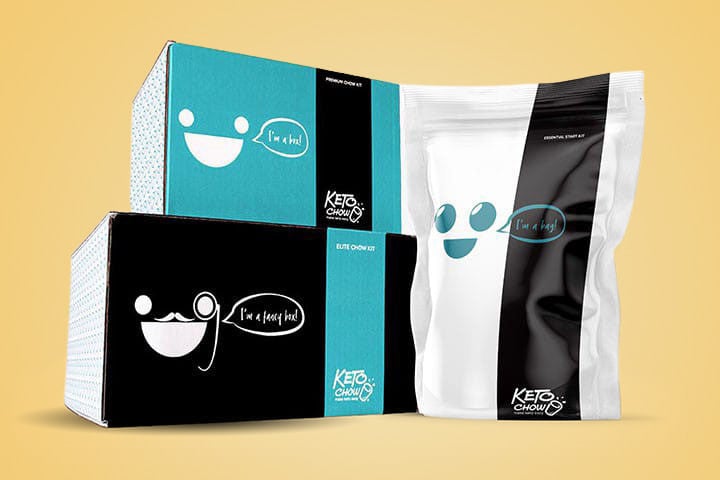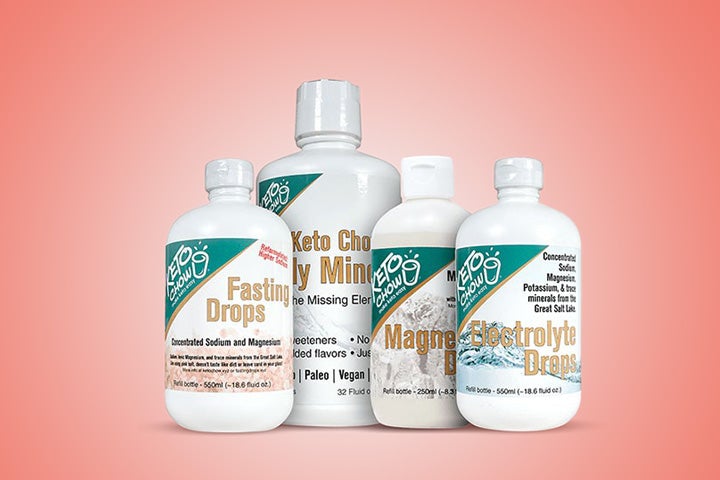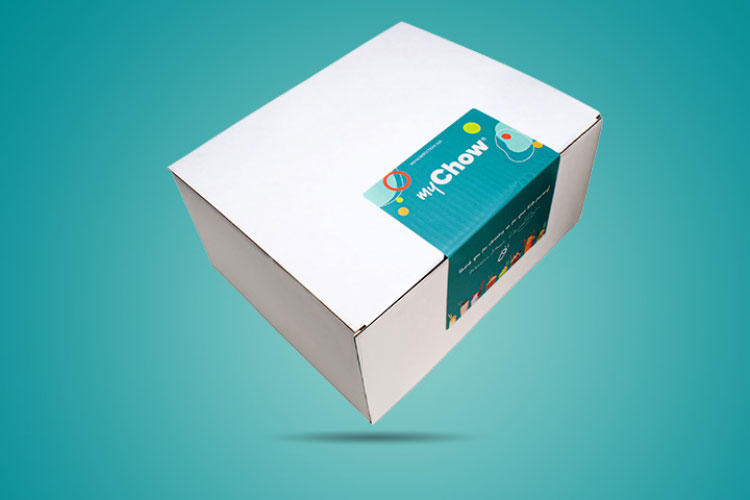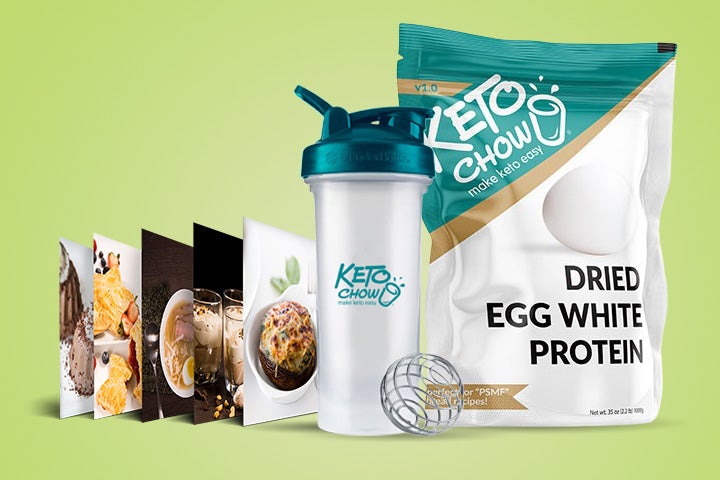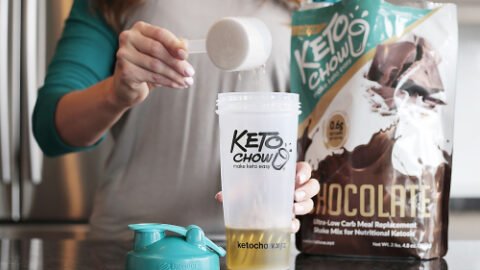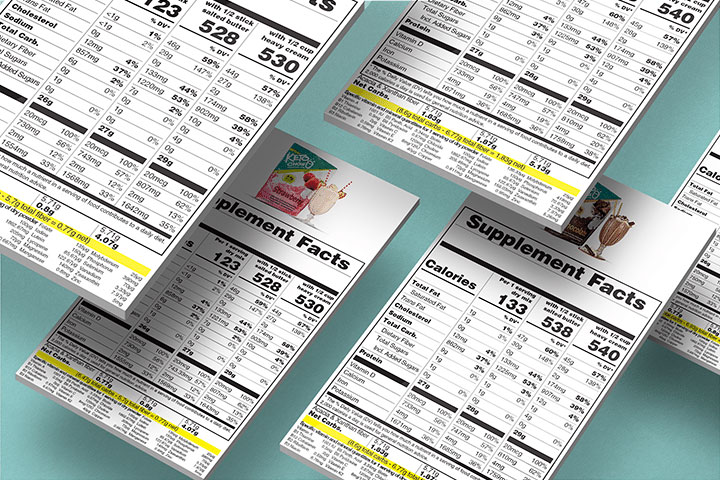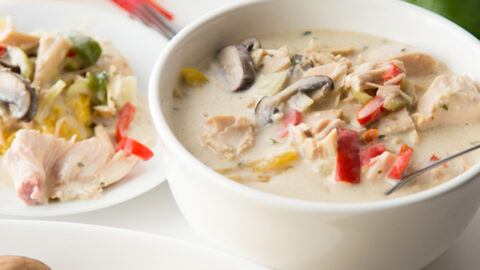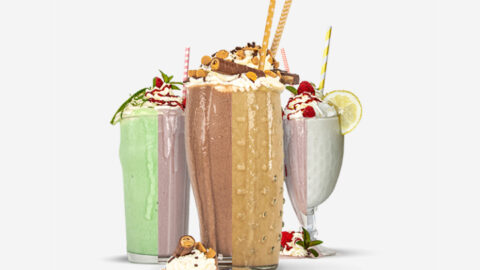Have you noticed how many keto-friendly sweeteners are available these days? It’s getting more and more complicated to sort them all out, let alone decide which one to use. But even though it seems as if there are dozens of sweeteners to choose from, most of the sugar-free sweeteners available are made from the same few ingredients.
Once you know what those ingredients are and how they function in cooking and baking, you can decide which ones you want to invest in.
While sugar-free sweeteners don’t taste or cook exactly like sugar, some of them do come close! And if you combine different sweeteners for specific results you want they can come even closer.
Sweetness of sugar replacements

If you want to replace the sugar in something like a brownie, cookie, or ice cream, you have to account for more than the sweetness in the mixture.
You have to replace the sugar by weight or volume as well because it can be up to 75% of the total weight or volume of the overall product. In cookies for instance sugar usually supplies 25% to 50% of the volume, and it contributes to the cookies’ distinctive traits such as crispness, browning and flavor.
In ice creams, sugar supplies some of the volume of the mix, but more importantly it contributes to the texture, binding water to keep the ice cream from freezing too hard.
Comparing different keto sweeteners
Erythritol, xylitol, allulose and BochaSweet™ are granulated sweeteners that can be used to replace sugar in key ways. They deliver sweetness and they also deliver volume, body, and texture. They all have different levels of sweetness and different cooking qualities. It may take some experimenting to decide exactly what works for you but they can deliver excellent results when used with care.
Erythritol
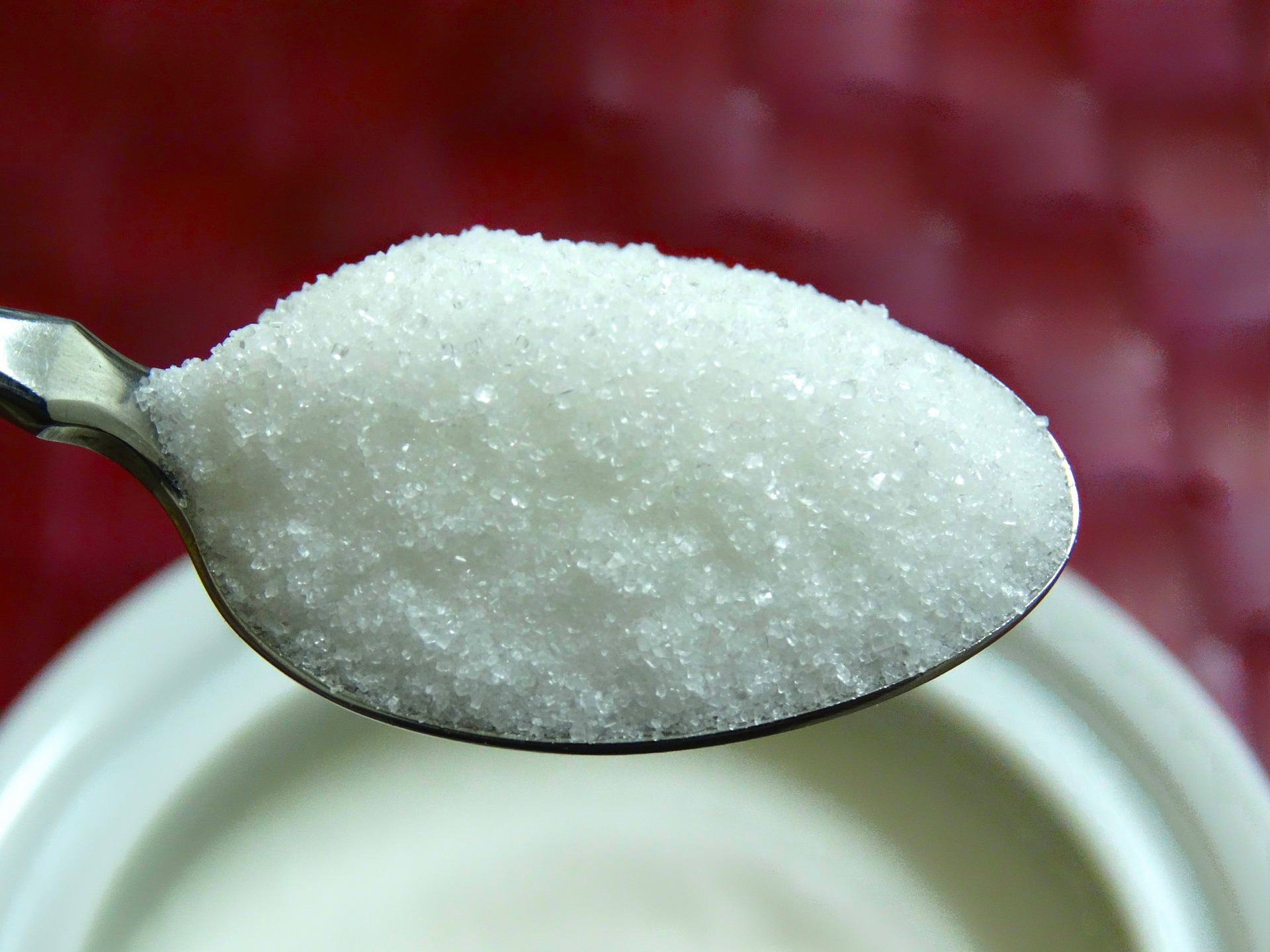
Erythritol is the work horse of the sugar-free world. It is a sugar alcohol that can be found granulated and powdered and is the carrying agent in most sweetener blends, like monk fruit and stevia blends. it’s inexpensive and it offers many uses.
It does have a cooling effect as an aftertaste, and it doesn’t truly dissolve, so it recrystallizes after being cooked. This means it can add a crunchy texture to baked goods, which is great for things like biscotti, granola and brittles, but less good for custard-based pies, and creamy caramels.
It’s mildly sweet and functions best with another sweetener like stevia or monk fruit to strengthen its sweetness.
Xylitol
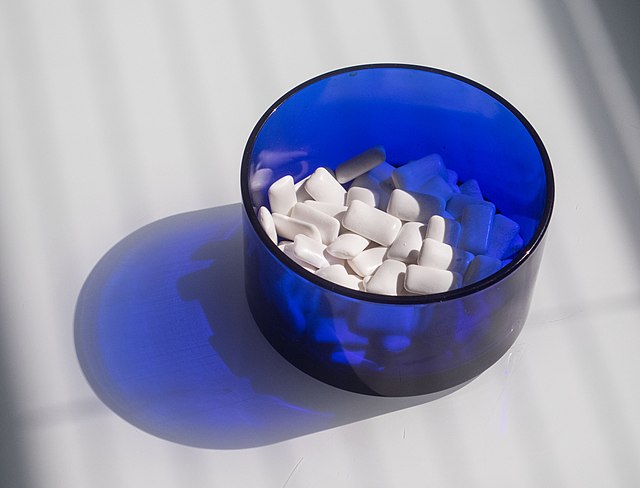
Xylitol is another sugar alcohol and has been in use for quite a long time. It is especially popular in chewing gums, candies, and dental products because it has a beneficial effect on dental health. It is considered a natural sweetener and has a similar flavor to sugar, with no obviously detectable aftertaste. It can be used for most cooking and baking.
It can be used to make ice creams that don’t freeze hard and custard based pies that stay soft. It is almost as sweet as sugar and can be used 1:1 in replacing sugar in recipes.
*Xylitol even in small amounts is dangerous for dogs so many people choose not to have it in the house at all.
Allulose
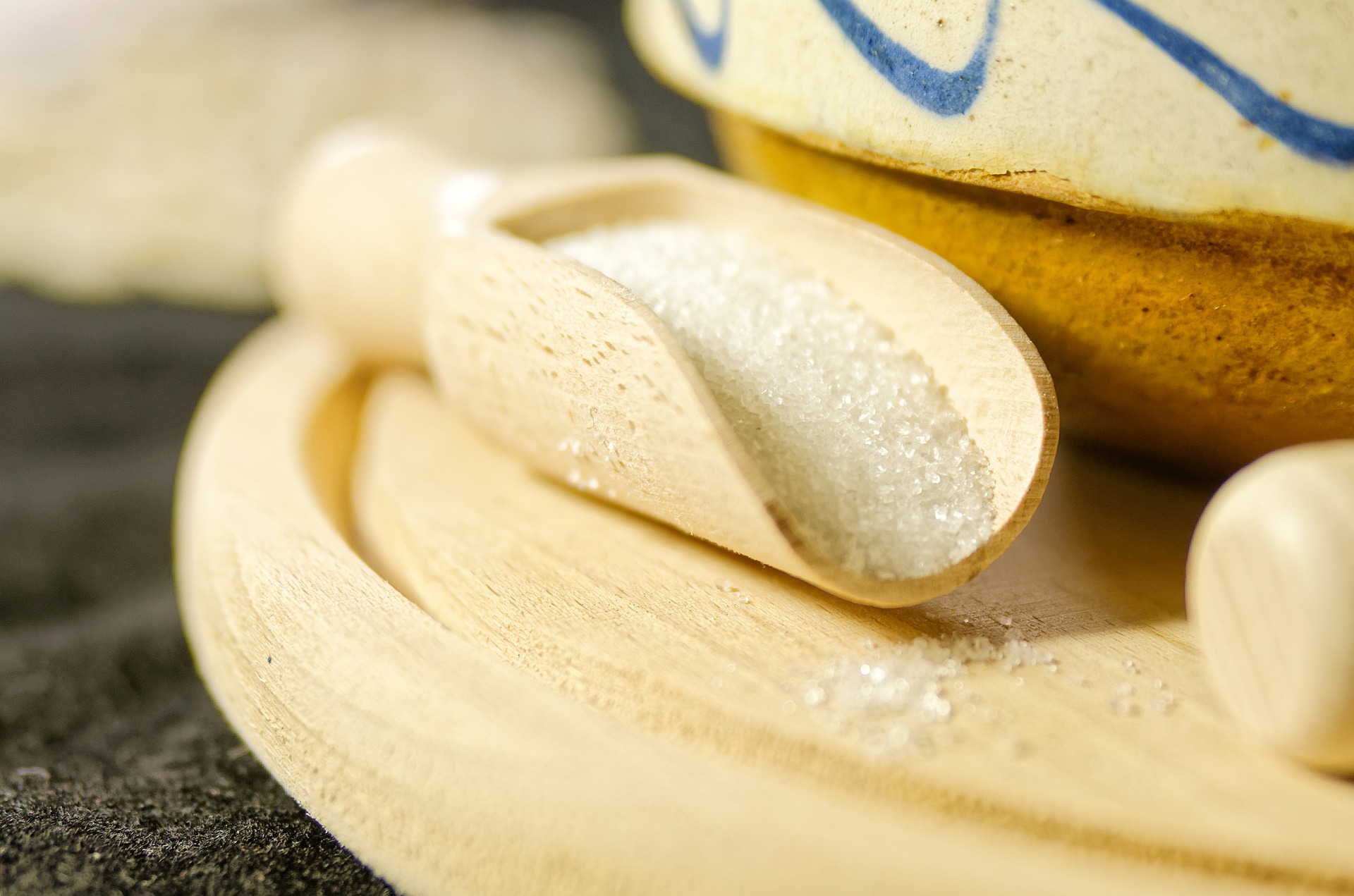
Allulose is a sweetener that is quite new to the market. It’s a naturally occurring “rare” sugar that can’t be metabolized by the body. It does bring many of the characteristics of sugar to baking and cooking which is very exciting. It is more costly than some other sweeteners, but you will get a lot of use out of it.
I would say skip sweetening your coffee with it if you have another alternative for that and save the allulose for baking and making sweets when you want to impress. Allulose can caramelize (which is a great bonus, as not all keto sweeteners will) and makes ice cream scoopable and soft. It helps keep moisture in baked goods, too!
That makes it a great all-purpose sweetener. It does tend to brown quickly however so it can make baked goods look overdone, and it stays soft after cooking, so it doesn’t achieve a crunchy texture with it in things like brittles or crisp cookies. The other caveat to remember is that allulose can cause digestive distress so don’t overdo it.
Try it in small doses to begin with. Your digestion should adjust as you become accustomed to it, but it can be a steep learning curve.
BochaSweet™
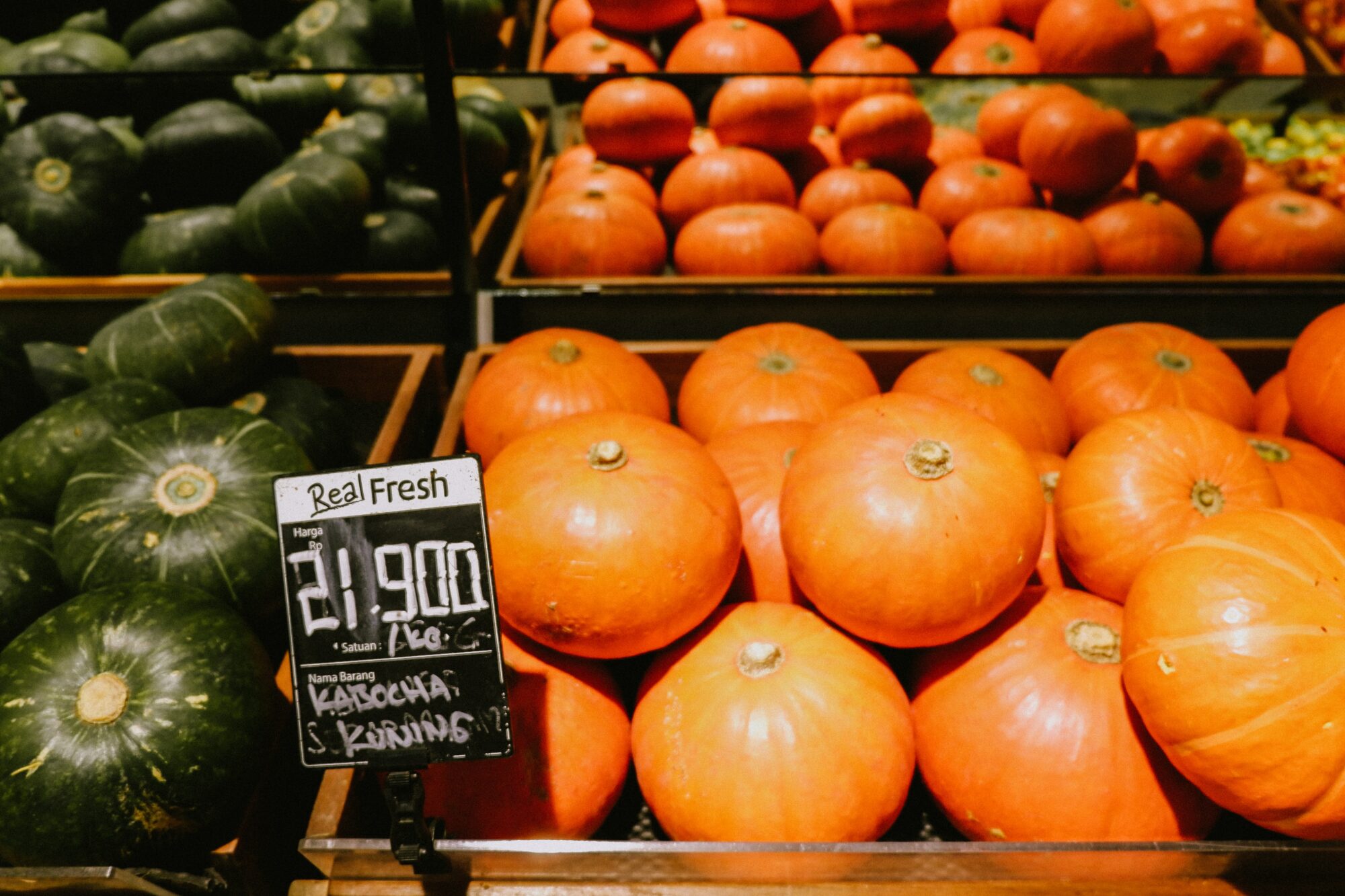
BochaSweet™ is a newer and rather uncommon sweetener on the market. It’s a sugar alcohol derived from kabocha squash and is considered a natural sweetener. It is still expensive but many people have reported enjoying the taste and texture which is very similar to table sugar.
It has no aftertaste and few side effects. Even more good news: it’s an easy 1:1 replacement for table sugar and has many of the qualities of sugar in cooking and baking, including keeping ice creams scoopable.
Monk fruit and Stevia

Monk fruit and stevia extracts are great to use in addition to your favorite granulated sweeteners; in fact, they may already be included in granulated sweetener blends you may be using. Monk fruit comes from the luo han guo plant and has a long history of being used in Chinese traditional medicine for its health benefits.
Stevia comes from the Stevia rebaudiana, native to South America, and is also known for its medicinal properties. Extracts from these plants are highly concentrated liquids which only take a few drops to sweeten almost anything—coffee and tea, fat bombs, gelatin-based desserts, yogurt, smoothies, keto hot cereals, and more.
They can also work with other sweeteners to round out the sweetness. Be aware that some products labeled as monk fruit and stevia use another sweetener as the carrier, sometimes even sugar! Always read labels and remember that true stevia and monk fruit are only available as potent liquids or very fine powders.
Yacon syrup
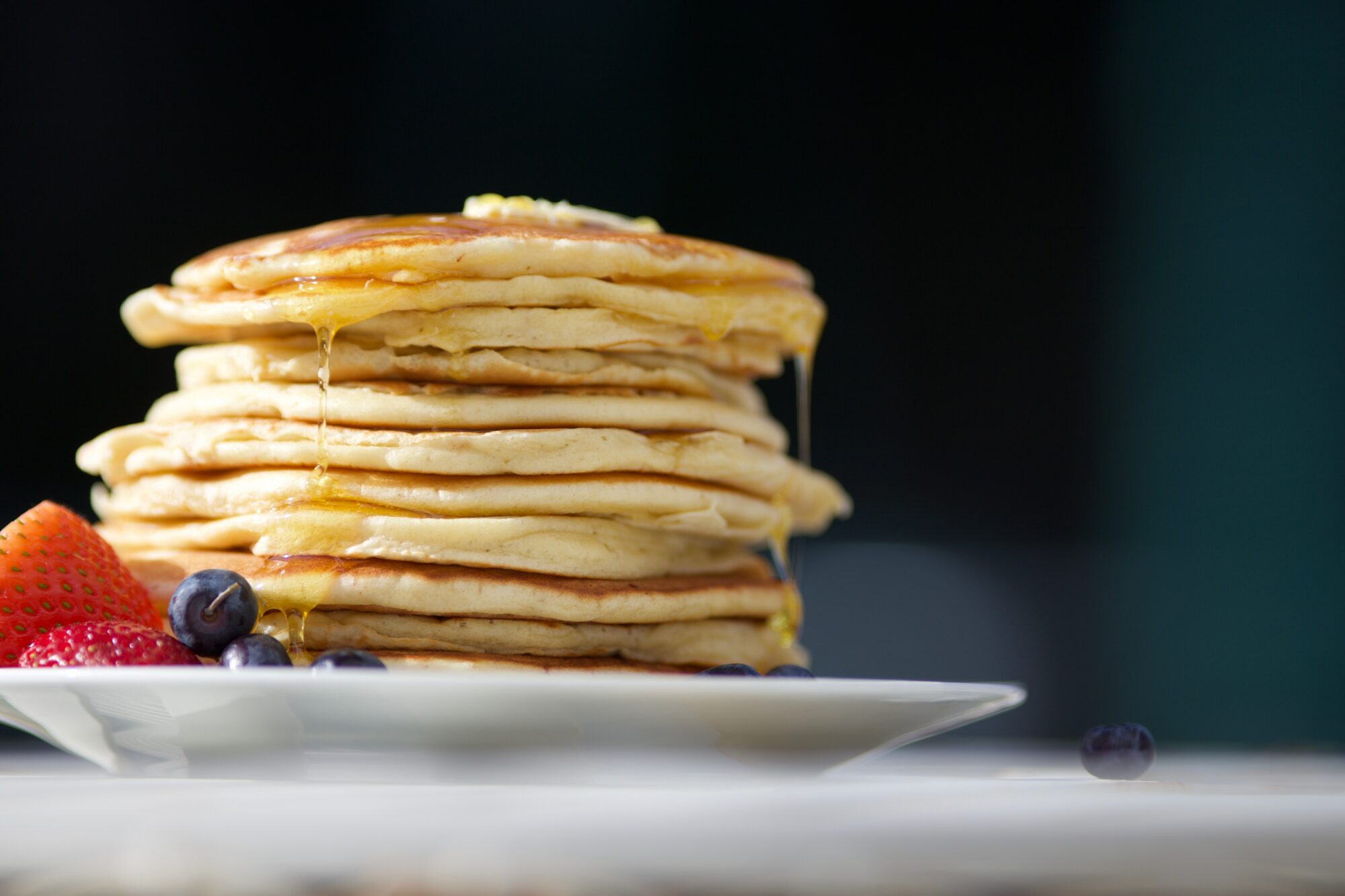
Yacon syrup is another great keto-friendly option. Extracted from the root of the yacon plant (Smallanthus sonchifolius), it’s a minimally-processed syrup, good for cooking, baking, sweetening hot drinks, and more. It can be combined with other sweeteners in baking to round out flavors, and it also contributes to texture, moisture, and mouth feel.
It does have some digestible carbohydrates, so it does influence blood sugar, but most of the sugars are fructans that are beneficial to gut bacteria and can’t be digested. The syrup is low on the glycemic index and low in carbs in general. It is expensive, so it’s best used judiciously.
Most manufacturers recommend a teaspoon to two teaspoons a day. If you miss honey in your tea or molasses in your baked goods, this is a great sweetener to try.
The experiment
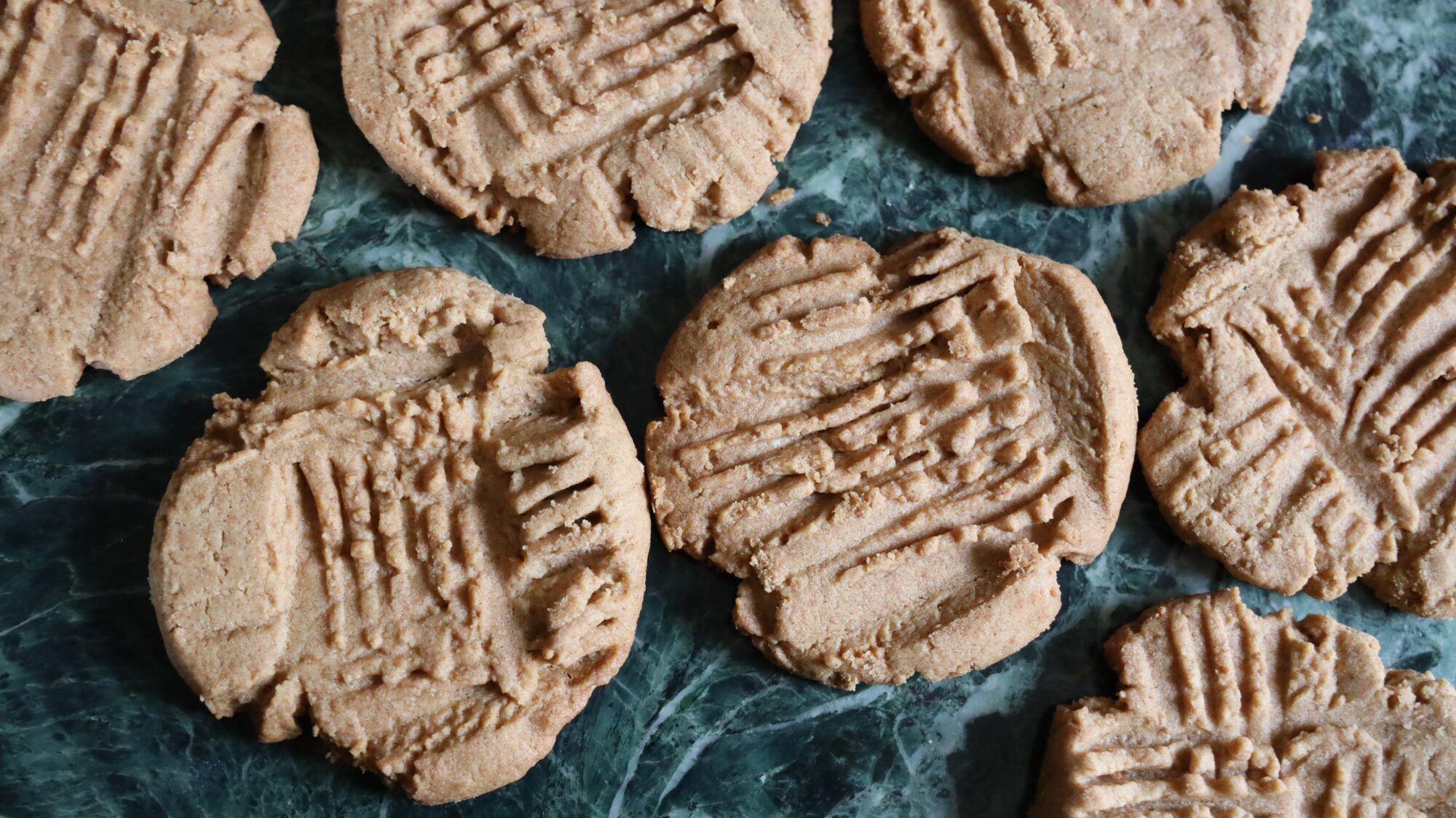
I have baked and cooked with all of these sweeteners to some degree but I thought it would be nice to apply some science and try a baking experiment to compare a few of these. I wanted to see what kind of results I would get when I switched out just the sweeteners in a simple recipe that was otherwise identical, and in which the sweetener is obvious.
I made the classic three ingredient peanut butter cookies that I first learned to make in middle school: 1 cup peanut butter, 1 cup sweetener, 1 large egg. Bake at 350℉ for 20 minutes.
Here are my results:
- Erythritol cookie – This cookie was soft, lightly brown, didn’t spread at all while baking, had a noticeable cooling effect, and hardened immediately as it cooled. After 12 hours, it was rock hard and remained that way.
- Xylitol cookie – This cookie spread while baking like a sugar-based cookie, it browned slightly, it was quite sweet, it was soft and crumbly while cooling but after 12 hours became hard and shortbread like. It didn’t brown at all.
- Allulose cookie – This cookie didn’t spread at all but became brown quickly, it was moderately sweet, held together while cooking, had a more recognizable sweet, caramelized flavor, and was still tender after cooling and remained moist and tender 12 hours and beyond
- BochaSweet™ cookie – This cookie was sweet, very soft, and crumbly, it spread like a sugar-based cookie, it remained soft as it cooled. It tasted good and would be hard to tell apart from table sugar by the taste alone. After 12 hours it became hard and crumbly like short bread. It didn’t brown at all.
In Conclusion
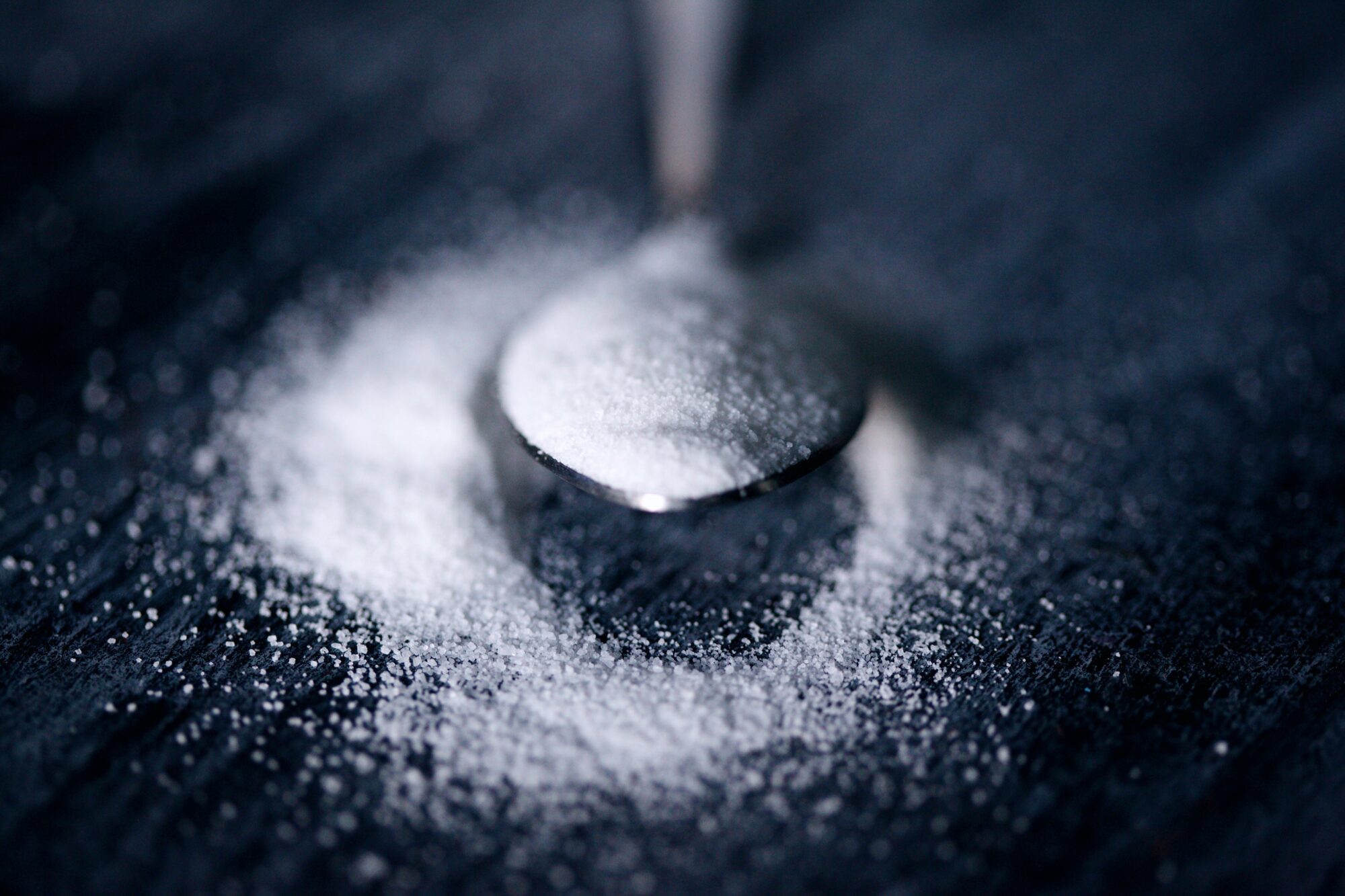
Based on my experience with these cookies and my keto baking over the years, I suggest keeping at least two sweeteners to work with. Erythritol is less expensive, easy to source and has many uses, and when combined with another sweetener like allulose or Bocha Sweet you can create some impressive keto baked goods and sweets. From there its up to you to experiment and see what you like the best.
- Hours: Mon - Fri 8AM - 5PM (Mountain)
Shop
Account
Company
The content of this website is not intended for the treatment or prevention of disease, nor as a substitute for medical treatment, nor as an alternative to medical advice. Use of recommendations is at the choice and risk of the reader. If you are on any medication, please consult with your family doctor before starting any new eating plan. Keto Chow is not intended to treat, cure or prevent any disease. Pregnant or breast feeding women should consult their health care professional before consuming.
